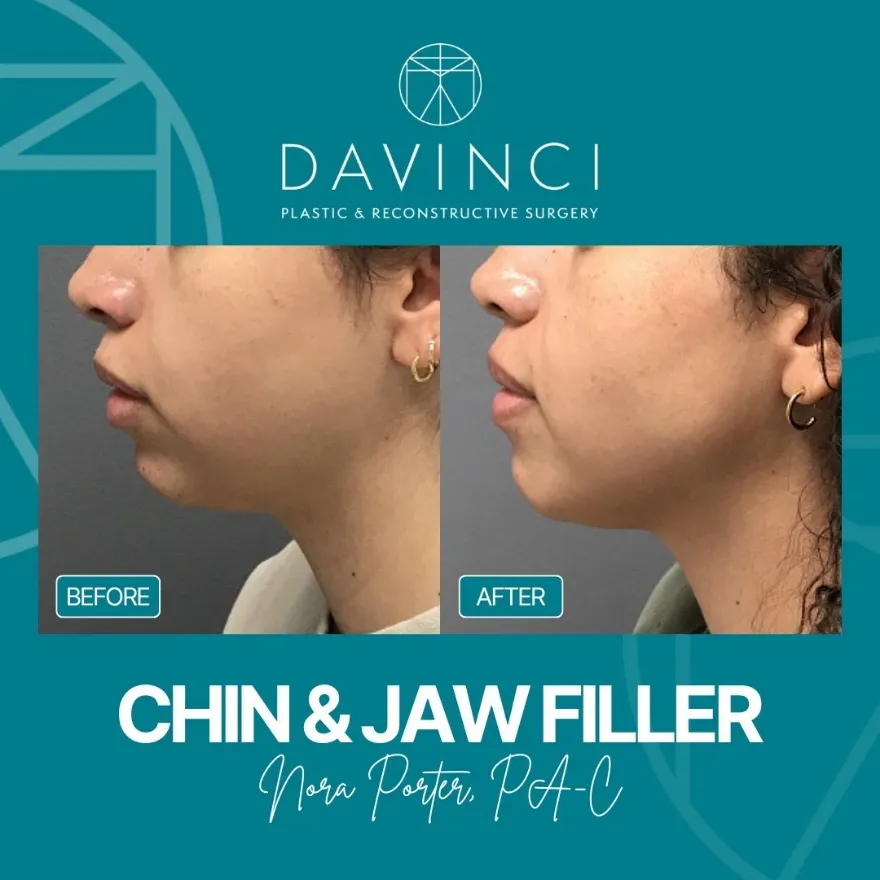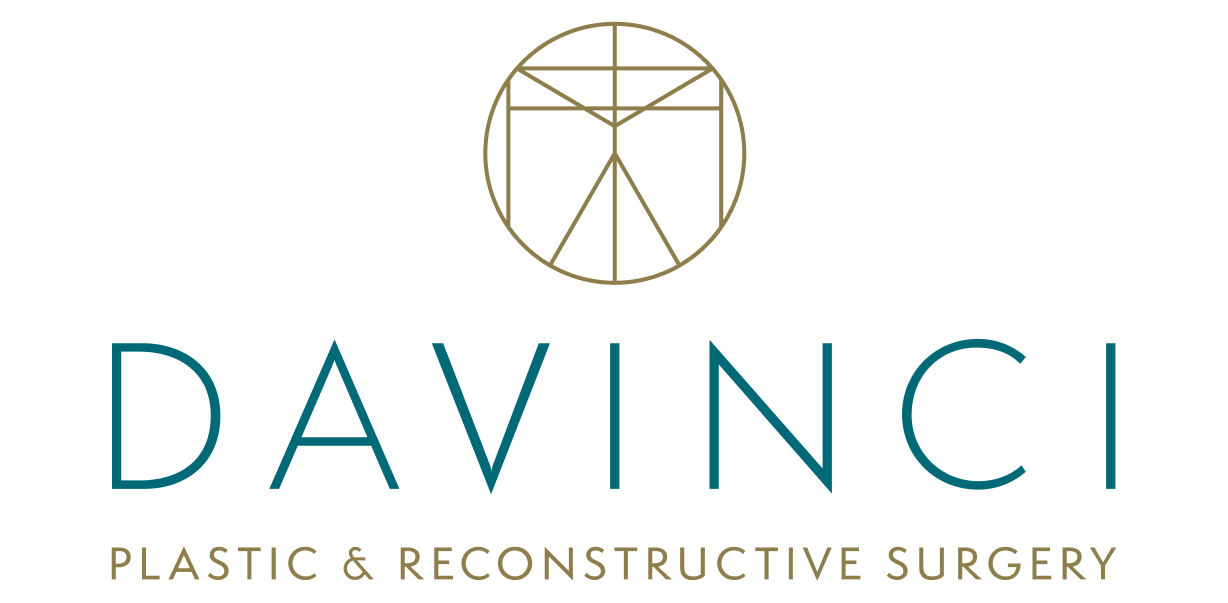Reducing Chances of Capsular Contracture
Posted July 16, 2018 in Breast Augmentation, Breast Augmentation Body Cosmetic Surgery
Capsular contracture is one of the most common complications of Breast Augmentation. It is the hardening of the breast area around the implant so that the tissue tightens. Depending on the degree of capsular contracture, the breast area becomes uncomfortable and distorts the look of the breast. The highest percentage of women who would experience […]
Read More







